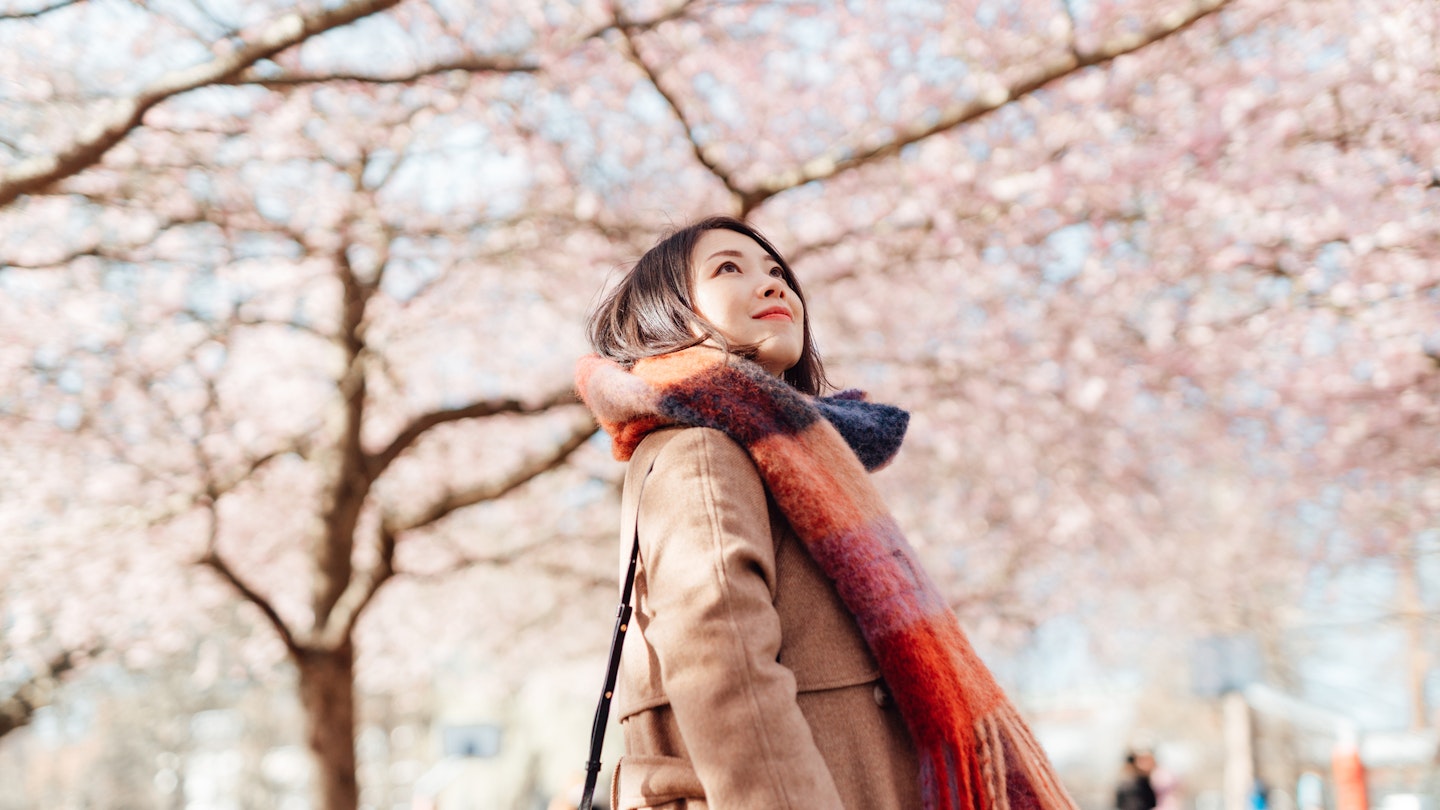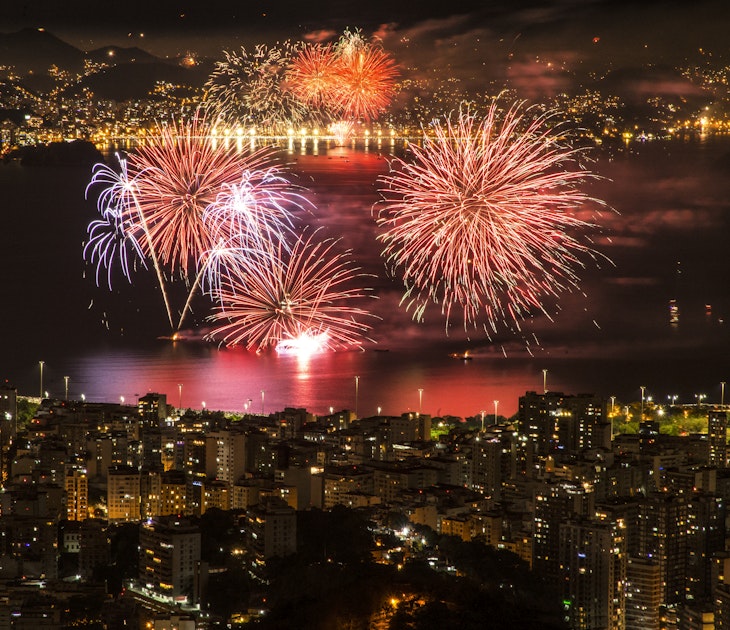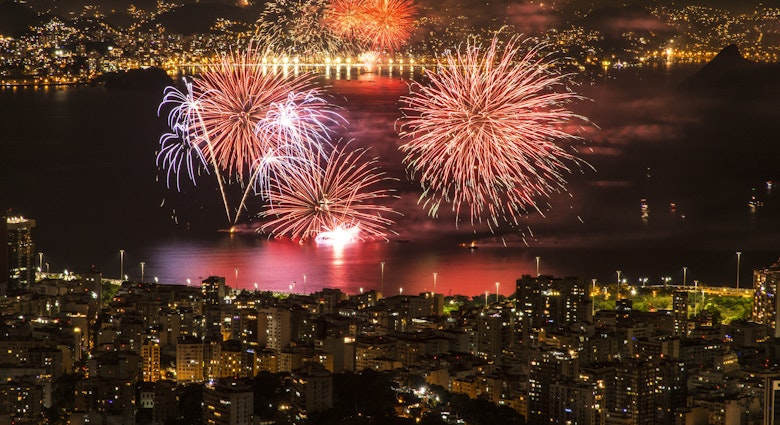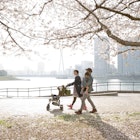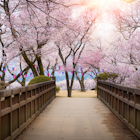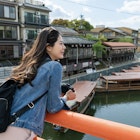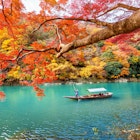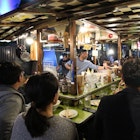Japan may be small, but with its captivating blend of tradition and modernity, and its bustling cities and stunning countryside, it offers a mighty experience to visitors. No matter when you choose to visit, a wealth of experiences await you.
In spring, the blossoming of the sakura (cherry blossom trees) creates a beautiful natural display that transforms the country into a vision in pink that lures travelers from all over the globe. Fall ushers in the resplendent koyo (autumn foliage) season, while summer opens the two-month window for summiting Mt Fuji. Winter is a great time for skiers, as Japan’s slopes are dusted with some of the finest powder on the planet.
Whether you’re looking to dive into the crowded streets of downtown Tokyo or find zen-like peace amongst tree-cloaked mountains, there’s a season that’s right for you. Here’s our guide to choosing the perfect time to visit Japan.
April to May is the time for cherry blossoms
The cherry blossom season from April to May is the peak travel period in Japan. Locals and tourists flock to parks, gardens, tree-lined brooks and castle moats to partake in hanami, the annual ritual of observing the spring blossom. Picnicking under a canopy of cherry blossoms is a top bucket-list experience, and popular seasonal foods range from cherry blossom-flavored desserts and pastries to burger buns and noodles infused with earthy cherry notes.
This is a popular time to visit Japan with good reason, but it's wise to weigh up the undeniable beauty against the drawback of the vast crowds and the increased hotel prices.
The cherry blossoms arrive and depart over a two-week period, dictated by weather patterns and local geography, and the exact timing can be tricky to predict in advance. Along Japan's so-called “Golden Route” – a popular tourist trail running along the east coast in the center of the country – the flowers typically emerge between late March and early April, so April is a fairly reliable month to book a trip.
As the last petals fall, there is little reprieve for crowd-weary travelers. Golden Week arrives in early May, with warm and sunny weather and a string of national holidays. Hotel and flight prices soar as the crowds surge into Japan's cities, and public transport, city streets, shrines, temples, museums and other tourist attractions are crammed with sightseers.
In mountainous areas, hiking, mountain biking, kayaking, rafting and camping are popular activities, though high-altitude trails may not open till July. In the cities, it’s the season for exploring by bike, parkland strolls and sitting out in rooftop beer gardens – the Omohara Forest on the 6th floor of Omotesando’s Tokyu Plaza mall is a recommended spot for a tipple. Tokyo’s spring sumo tournament also takes place in May, as well as the explosion of culture that is the Roppongi Art Night.
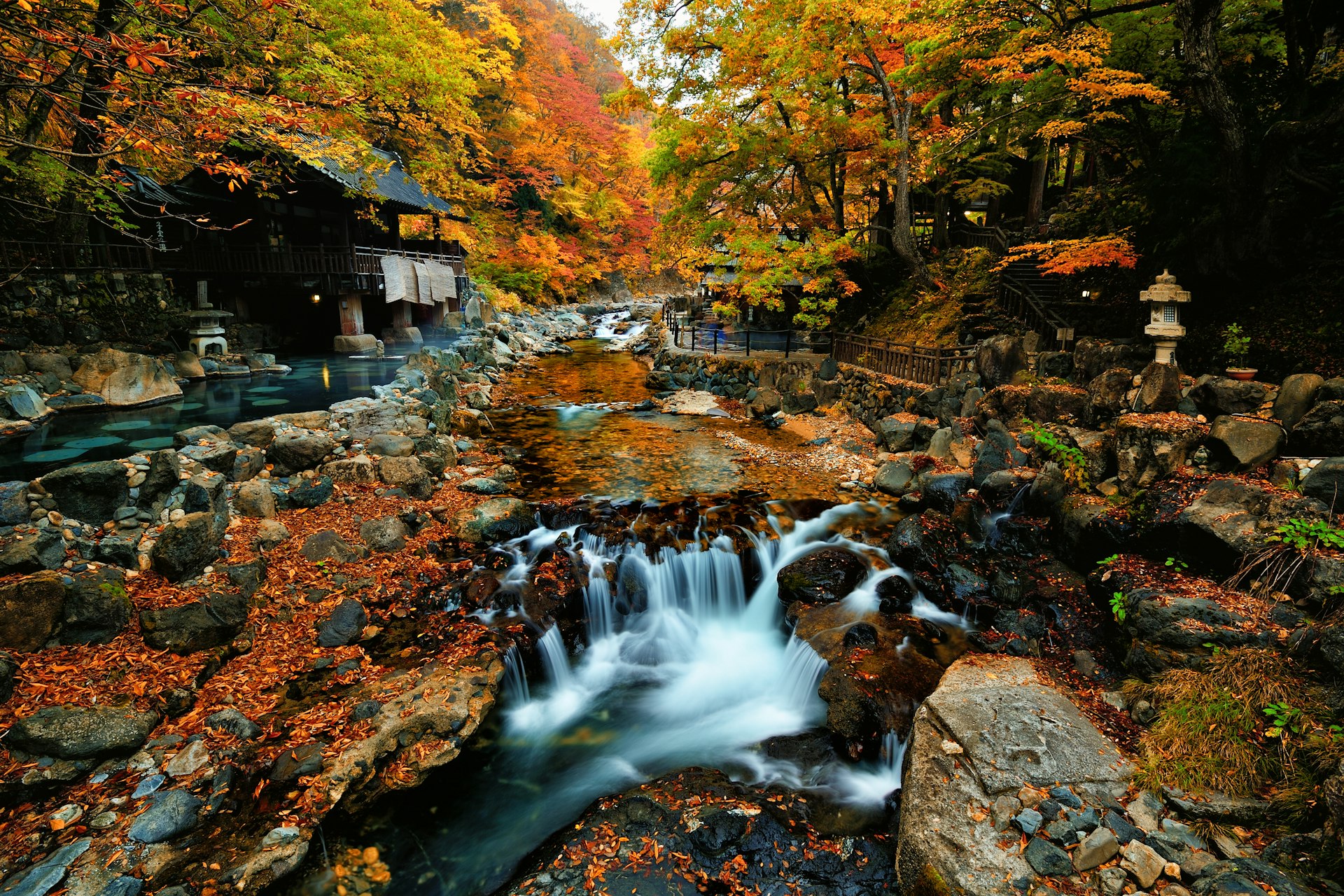
August to November is the time for hiking through fall foliage
Late summer and fall bring another surge in visitor numbers and big crowds of domestic tourists. Mid-August is the start of the busy O-Bon (Festival of the Dead) season – the summer counterpart to Golden Week. National holidays, colorful festivals and blistering temperatures (over 38°C/100°F) keep sights crowded and accommodations expensive (and often fully booked).
Many Japanese return to their hometowns or go on domestic vacations, so transport is hectic, and hotel prices soar. For a slightly calmer experience, head to the Okinawa Islands in the far southwest, where it's peak scuba diving season. The world's largest cosplay festival draws huge crowds to Nagoya City – book well in advance to secure accommodations.
Cooler mountain destinations are also popular in August, and Mt Fuji hosts hundreds of thousands of hikers during the mid-July to mid-September climbing season. Overnight summiteers should book mountain lodges well before starting the ascent. As August gives way to September, there's a brief lull before things pick up again during the fall foliage season.
In September, days are still warm – hot even – but less humid. Though the odd typhoon rolls through at this time of year, major cities are well-equipped to deal with bad weather, and this is generally a great time to travel in Japan. Coastal towns such as Kamakura and Shimoda on the Izu Peninsula provide the perfect combo of sunny afternoons, beachfront Airbnbs and temperate waters, making this a great time to hit the beach.
In late September, autumn colors start to paint the mountains and the north in vivid tones, and the wave of color moves slowly south across the country. The radiant foliage of deciduous trees, from golden ginkgos to vermillion Momiji trees, lures crowds to ancient gardens and well-worn mountain trails. Jazz music fills the streets of Sendai City and lures devoted fans during the Jōzenji Street Jazz Festival.
Pleasantly warm days and cool evenings make October an excellent time to be in Japan. Fall foliage brings a blaze of color to the Japanese Alps, providing a stunning backdrop to its myriad mountain trails. Alternatively, stroll idly along Yokohama’s fetching harbor before draining a few steins at the city’s annual Oktoberfest.
Late November is the most scenic time for hiking through the forests of Mt Takao and Mt Mitake on the outskirts of Tokyo, though early mornings and weekdays are recommended to avoid the weekend crush. The autumn leaves linger much longer than the cherry blossoms, so there’s less urgency among locals to charge out in great numbers, and it's a quieter experience than the spring melee to view sakura. In old daimyo (feudal lord) gardens, such as Rikugi-en in Tokyo and Kenroku-en in Kanazawa, the fiery leaves are illuminated after nightfall.
June and July are great for alpine hiking and summer festivals
June and July are the best months for hiking in the Japanese Alps, and nature enthusiasts flock to the great outdoors. Mountain escapes are perfect for adventurous travelers looking to escape the cities as the summer heat brews. Early June is lovely, but by the end of the month, tsuyu (the rainy season) sets in. Many Japanese hikers will call off a day in the mountains at the slightest threat of rain, meaning hiking trails usually escape the mid-summer crowds. For the same reason, June is a good time to take advantage of cheaper hotel and flight prices.
The rainy season passes in July, though the damp weather can linger for the first couple of weeks, bringing gray and gloomy skies. Firework festivals are big business in Japan in July, launching tens of thousands of rockets into the night skies over major cities, while Tanabata, the festival of star-crossed lovers, sees locals don traditional kimono and yukata robes and head out in search of romance.
Taking a yakatabune (riverboat) tour during the 300-year-old Sumidagawa Fireworks Festival in Tokyo is strongly recommended; it's well worth the high price tag to avoid the gargantuan crowds (which can reach up to one million people). It gets very hot and humid as July draws to a close; savvy travelers head to cooler Hokkaidō or the Japanese Alps or hit the slopes of Mt Fuji, which opens to hikers in the middle of the month.

December to March is the best time for snow and low prices
In winter, sights are uncrowded, and accommodation is at its cheapest, except in Japan's ski resorts. Snow bunnies insist that Japan has some of the finest powder on the planet, particularly on the slopes of Hokkaidō in the far north. It’s worth digging deep and accepting the expense if you're a serious skier or boarder.
December brings blue skies and cold temperatures across most of Japan. Bonenkai (year-end parties) fill city bars and restaurants, commercial strips are decorated with seasonal illuminations, and small Christmas markets sell mulled wine and festive trinkets.
Stick to the cities for New Year – many Japanese businesses shut down from December 29 or 30 to between January 3 and 6, and temples get busy. Local celebrations include Toshikoshi Soba, where locals eat soba noodles to usher in the New Year, and Joya-no-kane, the ringing of New Year bells.
Japan comes to life again in the second week of January, after the lull of the New Year holidays. Snow blankets the mountains of Hokkaidō and the country’s northern reaches. Major resorts such as Hokkaidō’s Niseko and Hakuba in Nagano host Olympic-quality slopes and are well set up for non-Japanese-speaking tourists. Be sure to finish off the day with a rejuvenating dip in one of Japan’s many onsens (hot spring bathhouses).
February is the coldest month of the year, and this is the time to warm your insides with hot sake and steaming bowls of ramen noodles. It's still high season on the ski slopes, but if you prefer admiring the snow to slaloming down it, head to Hokkaidō for the annual Sapporo Snow Festival (Yuki Matsuri) – enormous, intricately crafted snow and ice sculptures are showcased throughout Sapporo City.
In central and southern parts of Japan, ume (plum trees) start to blossom. Seek them out in gardens such as the legendary Kairaku-en in Mito.
Winter stumbles to a close in March. The month usually lives up to the old Japanese saying, sankan-shion – three days cold, four days warm. When the haru-ichiban (first spring wind) arrives, you can sense in the air that better days are just around the corner.
Meanwhile, the festival season gets into full swing, from the Omizutori Fire Festival at Nara’s Tōdai-ji temple to the curiously translocated I Love Ireland Festival and St Patrick’s Day parade in Tokyo in mid-March. As April nears, cherry blossoms start to bloom across Honshu.

